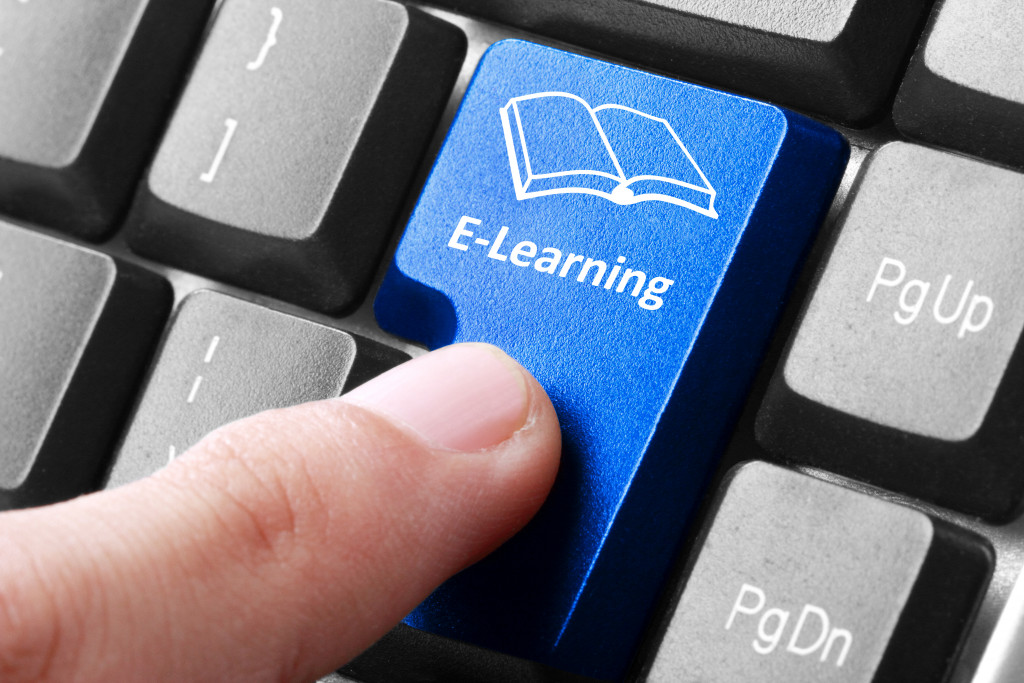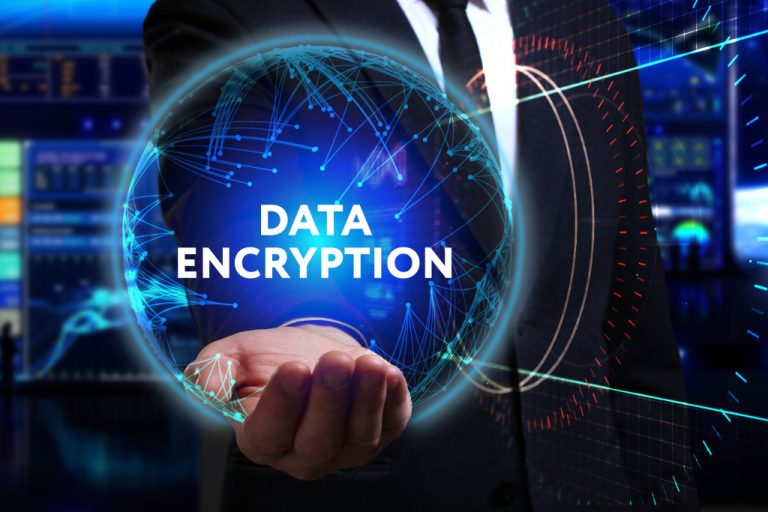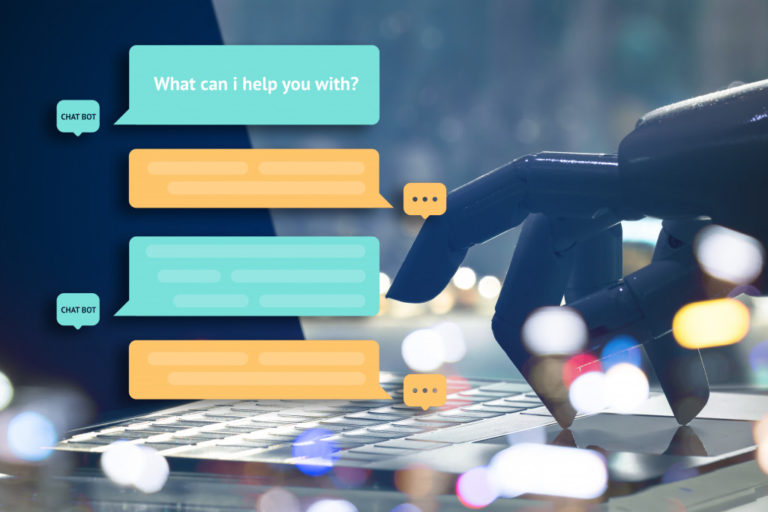- Personalized learning has been proven to benefit student engagement and performance.
- Charter schools and private institutions have adopted digital tools for personalized learning.
- Digital tools like interactive learning, digital learning management, and mobile apps for learning can be used to create a personalized learning environment.
- Educators should stay up to date with digital tools and best practices for using them to maximize their impact.
Thanks to technological advancements, people now have access to abundant resources to enhance how they learn and impart knowledge to others. Educators have been leveraging these digital tools to create personalized learning environments for their students. With personalized learning, students can progress at their own pace, learn in a manner that is comfortable and based on their learning style, and receive quality content based on their needs. This approach has improved student engagement and performance and empowered teachers to maximize their impact in the classroom.
This blog post will highlight some digital tools that offer personalized learning benefits, the importance of their adoption, and how they can be best utilized to improve a student’s learning experience.
Importance of Personalized Learning
Personalized learning has been proven to be a practical approach to engaging students and improving their academic performance. It allows the educator to differentiate instruction to meet the individual needs of each student, and it encourages students to take ownership of their learning. Many schools now recognize the value of personalization and make digital tools a part of their learning environment.
For one, public charter schools offering personalized learning outperform traditional public schools. Because they have the freedom to personalize instruction, they can cater to students from diverse backgrounds and abilities. And with their smaller class sizes, they can provide more individualized attention and specialized instruction to each student. This allows these schools to identify areas in which students excel and need improvement, improving learning outcomes overall.
And for private institutions, digital tools enable them to give their students a more tailored learning experience than large lecture classes. By providing individualized instruction, they can ensure that students are progressing at their own pace, and they can tailor discussion topics to the specific interests of each student.

Digital Tools to Implement
1. Interactive Learning
Digital tools like Kahoot and Quizlet provide a fun and interactive learning experience that keeps students engaged and enriches their learning. Instead of textbooks, students can use these tools to learn through games and quizzes, which helps them to recall information easily. They can also collaborate with their peers and receive feedback on their performance. Many educators now use these tools to replace traditional lectures and exams as they recognize the potential for enhanced learning outcomes.
2. Personalized Curriculum
With the use of the internet, students can access a world of content that is tailored to their interests and needs. Platforms like YouTube, Khan Academy, and EdX offer many courses, from basic math to advanced computer programming. Students can learn at their own pace and from different sources that appeal to their unique preferences. Some digital tools even offer personalized pathways to track students’ progress and suggest curricula based on their learning level.
3. Digital Learning Management
With Learning Management Systems (LMS), educators can digitally manage student progress, including course management, attendance, assignments, and feedback. These systems also allow teachers to create customized courses and syllabi and tailor learning plans to individual needs. Most schools also provide access to virtual classrooms. Students can participate in discussions and interact with peers worldwide, further enriching their learning experience.

4. Mobile Apps for Learning
Today’s generation of students is constantly on their mobile devices. App-based learning offers students a more immersive learning experience, allowing them to learn and practice new concepts on the go. Apps like Duolingo and Evernote help students to learn new languages and take notes digitally. These tools are becoming increasingly popular, as students can access this content anywhere and anytime. Some even offer interactive games and simulations to make learning fun.
5. Virtual Reality Learning
Virtual and Augmented Reality (VA/AR) is a rapidly growing field that could disrupt traditional learning methods and transform how we learn. VR and AR offer seamless online and offline learning integration by using VR headsets that simulate a virtual classroom experience or an immersive walking tour of historical sites. Although this technology is still in its early stages, it this technology is still in its early stages, it looks promising and could become an essential part of personalized learning.
Personalized learning has immense potential to enhance student engagement and performance and make learning more enjoyable. By embracing digital tools and personalized instruction, educators can enable students to reach their full potential and have a more meaningful learning experience.
As technology improves and new tools become available, personalized learning will only become more prevalent in the classroom. It is essential that educators stay up to date on digital tools that are available and how to utilize them best to maximize their impact. With the right mindset and digital tools, educators can create an enriching learning environment that helps their students succeed.

















